How does regenerative braking work in an electric vehicle? EVUp
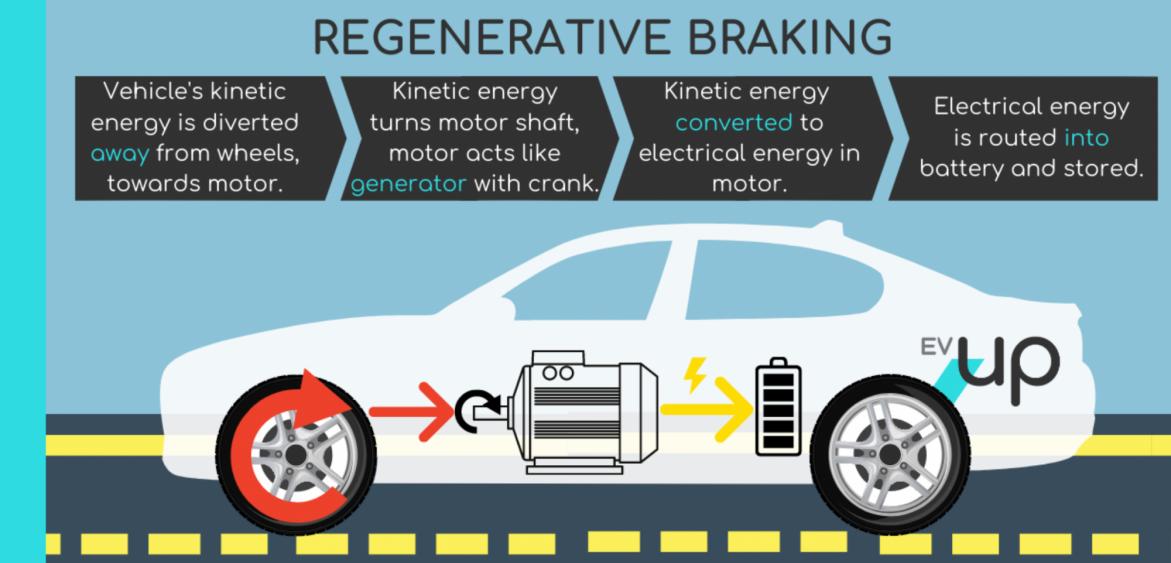
Method #1: Get Your Tesla Warmed One of the most common reasons why Tesla's regenerative braking does not work is cold weather conditions. When the battery temperature is below 68 degrees F (20 degrees C), the regenerative braking system will be limited or reduced.
Regenerative braking explained Tesla Model 3 Tutorial 12 YouTube

Possible Fix #1: Drive the Car for the Battery to Warm Up A temperature drop is one of the most common causes of the regenerative braking concern. Your vehicle will limit Regen when the battery is below 68 degrees F. As stated, you may see a notification explaining what is happening.
What Is Regenerative Braking? Forbes Wheels

Why Does Regenerative Braking Not Work Sometimes? There are a few reasons why regenerative braking may not work in your Tesla. Here are some of the most common reasons: The battery is cold. Regenerative braking works best when the battery is warm. If the battery is cold, the car will use the friction brakes more often. The battery is fully charged.
Regenerative braking explained What is it and how does it work
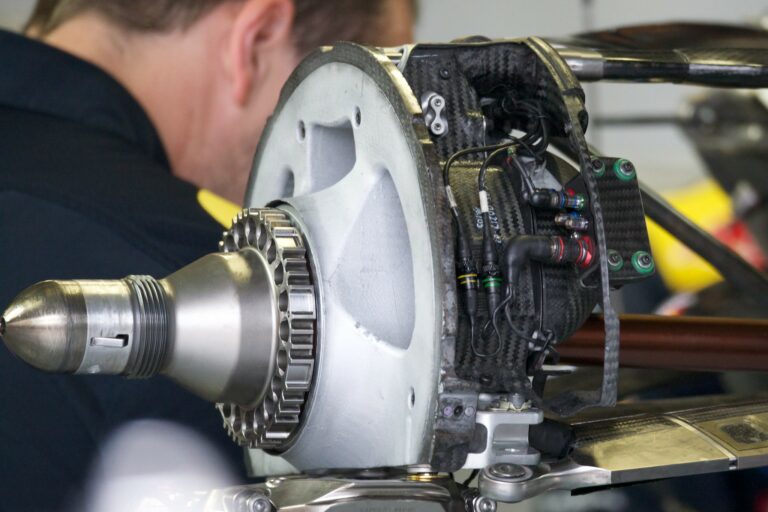
The regenerative braking system in a Tesla is activated by easing off the accelerator. The strength of the braking force and the amount of energy recaptured increases the more the accelerator is let off. This system not only saves energy, but also reduces wear on the brakes, lengthening their lifespan. On the Model 3 and Model Y there are 3.
Regenerative Braking System A Fuel Saving Technology Droom

Braking and Stopping Braking Systems Warning Properly functioning braking systems are critical to ensure safety. If you experience a problem with the brake pedal, brake calipers, or any component of a Model 3 braking system, contact Tesla immediately.
Regenerative Braking in an Electrified/Autonomous Landscape

Tesla's Regenerative Braking Explained One of Tesla's most innovative features is regenerative braking. "One pedal" driving slows your EV to a full stop while re-directing energy to the battery. It also reduces wear on the brakes. Cold weather can reduce regenerative braking, so maximize its efficiency by pre-conditioning your Tesla.
Tesla Regenerative Braking Not Working How To Fix? Tesla Tale

11 1 Denver, CO Jul 7, 2017 #1 I charged my battery to 100% for a road trip, and randomly my regen braking stopped working for an hour or two. When I'd let off the gas, it would coast like an ICE car, and no brake lights would come on. Has anyone else experienced this? gabeincal Active Member Supporting Member Jul 5, 2016 1,369 10,961 SF Bay, CA
12 Tesla Model 3 Features Not Working! (And Possible Fixes!)

1. Your Battery Has Been Fully Charged Charging car batteries is a major cause of the temporary reduction in regenerative braking. Even with today's cutting-edge charging technology, it takes some time to charge up and get back to work after your batteries run out.
Tesla Regenerative Braking Temporarily Reduced Explained!

Regenerative braking happens when you let off the pressure from the accelerator while you are driving forward. The electric motor in an EV is how this works. There is a stator and a rotor. The.
How to Turn Off Regenerative Braking on a Tesla? Licarco

Your Tesla Regenerative braking is not available or can be limited and stop working because of the following reasons. Why is My Tesla Regenerative Braking Not Working? 1. Your battery is fully charged at 100% If the battery is fully charged, then there is nowhere for the kinetic energy to go.
再生制动:它是什么,它如何运作? 10betapp下载 Carbiketech. 10bet在线app

In a Tesla, the regenerative braking system is activated by lifting your foot off the accelerator. The more you ease off the accelerator, the stronger the braking force and the more energy is captured. Tesla's Power Meter (Regen bar) Tesla's power meter, also known as the regen bar or line Not a Tesla App
What Does Regenerative Braking Temporarily Reduced Mean On Your Tesla
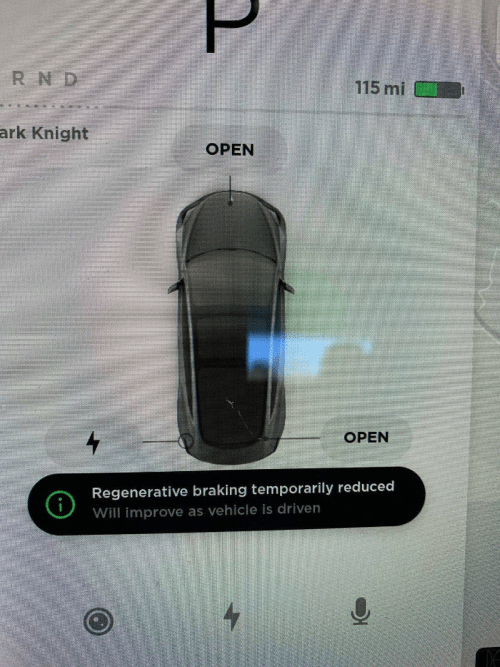
How To Solve: Start by, clicking on the Controls > Pedals & Steering option and then locate the regenerative braking section. Next, locate the option called " Apply Brake When Regenerative Braking is Limited " and turn it on.
Tesla Model 3 Regenerative Braking Not Working (Solved)

Is your Tesla Model 3's Regenerative Braking not working? Learn how to enable it in this video.Having regenerative braking is a common advantage of electric.
Tesla Quietly Removes Option To Adjust Regenerative Braking Strength

Tesla critic Dan O'Dowd, who has pushed for the company's software to be banned through his advocacy group the Dawn Project, said the recall fell short. "The correct solution is to ban Tesla.
Tesla's 'Regenerative Braking' Option Disappears From New Releases
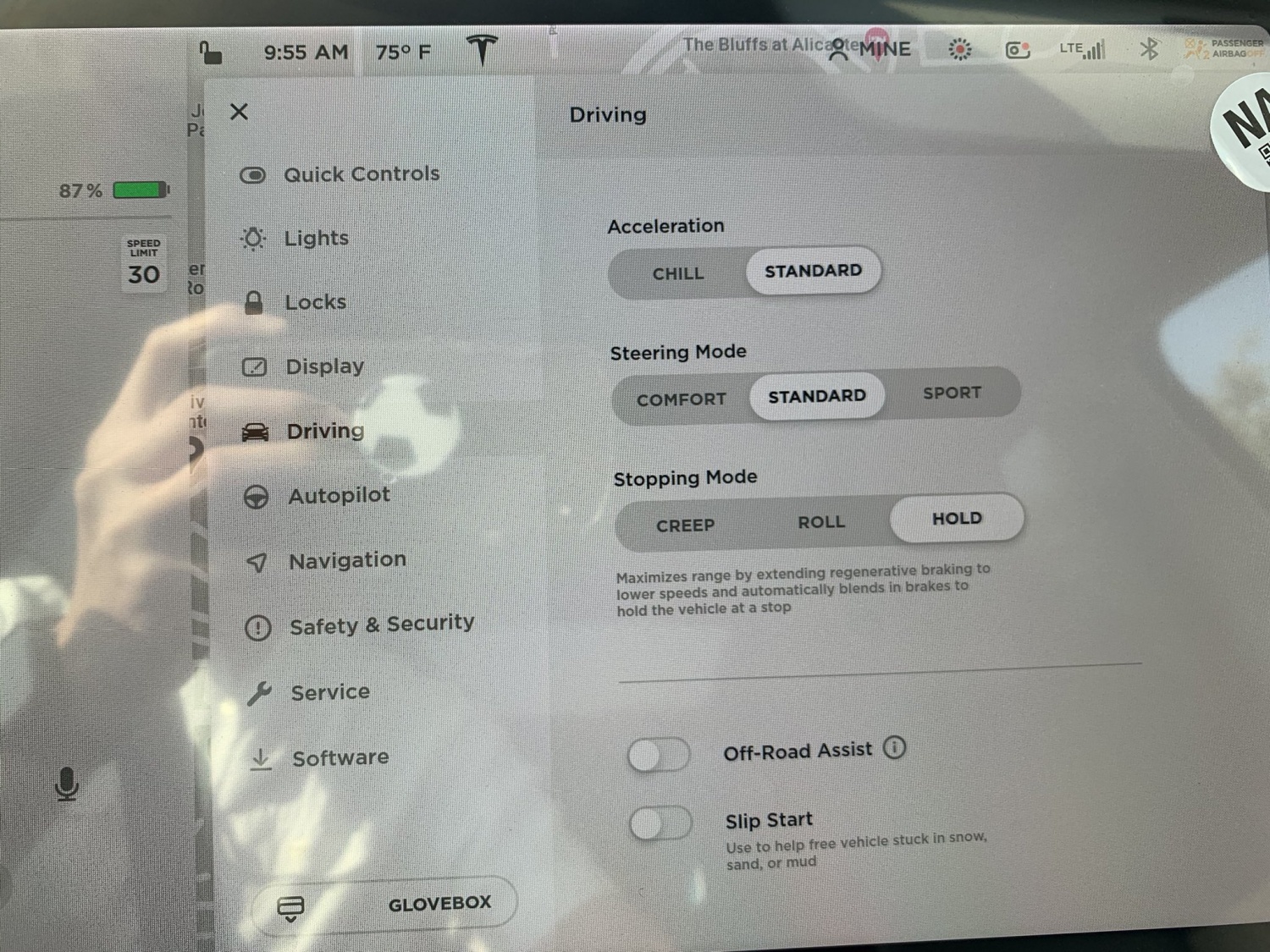
How does it work? Due to the simplicity of the AC induction motor's single moving part, the Tesla Roadster does not experience the engine compression braking of a traditional internal combustion engine (ICE).
Why is Regenerative Braking Limited in a Tesla? Plugin Car World
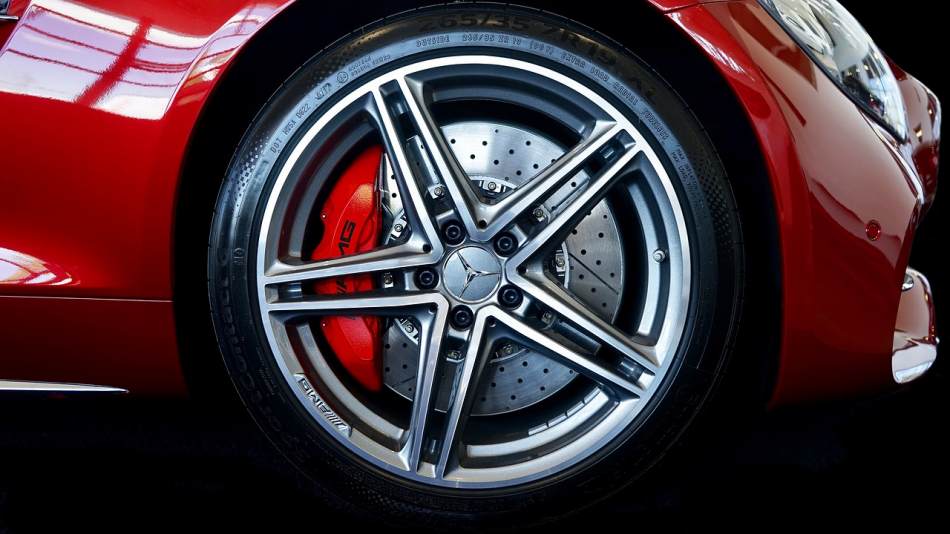
Tesla Model 3 Regenerative Braking does not work due to cold weather conditions, fully charged batteries, and cold batteries due to outside parking at night. The issue also comes due to less adhesive, winter, and large tread surface tires. The driving conditions also limit their function, like driving on highways without applying frequent brakes.